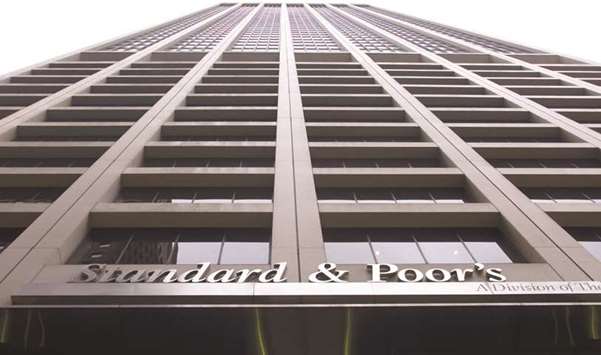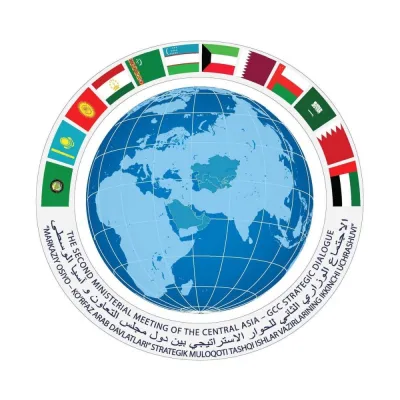The net income of listed Islamic insurance companies in the Gulf Co-operation Council (GCC) nearly halved to $375bn in 2017, according to Standard and Poor’s (S&P), a global credit rating agency.
The Islamic insurance sector continues to face secular challenges around relatively concentrated and undifferentiated business models and high expense ratios that leave them susceptible to adverse event risk related to solvency, governance, and accountancy, S&P said in a report.
“We believe that medium-term growth prospects in the sector remain satisfactory given relatively low penetration levels, and we expect Islamic insurance to remain profitable overall in 2018. We also observe strengthening capital levels,” it said.
While net income in 2016 grew significantly due to rate increases as a result of stricter application of actuarial pricing, 2017 results dropped materially, it said, adding this was because of additional reserving needs at the largest insurer, and high bad debt provisions at the fourth-largest insurer.
The first quarter 2018 shows a year-on-year drop in net income of 63%, suggesting that this might be another challenging year.
In contrast, the Islamic insurance industry in GCC countries outside Saudi Arabia recorded an increase in net income by about 832% to $82mn in 2017, and an increase of more than 60% in first-quarter 2018 compared with the same period last year.
Highlighting that medium term growth prospects are “satisfactory” despite flat premium growth in recent years; S&P said in addition to weaker profitability, gross written premium growth in the Islamic insurance sector has slowed considerably over the past two years.
It stood at slightly below $11bn in 2017, having remained flat year-on-year. This was despite moderate growth in some markets outside of Saudi Arabia.
Total shareholders’ equity in the Islamic insurance sector in the GCC improved by about 3% to $4.8bn in 2017 as a several insurers retained parts of their profits or raised additional funds through rights issues.
The rate of increase in shareholders’ equity exceeds premium growth, which hints at a slight improvement in overall capital adequacy, S&P said.
However, “despite this overall improvement in capital adequacy we still believe there are too many insurance companies in the GCC, and that many of these players lack the scale to operate successfully in overcrowded and highly competitive markets,” it added.
“We believe that that credit conditions in the sector may weaken over time, if total premium growth remains slow and insurers try to capture market share by further lowering their rates,” it said.

u201cWe expect Islamic insurance to remain profitable overall in 2018. We also observe strengthening capital levels,u201d S&P said.


